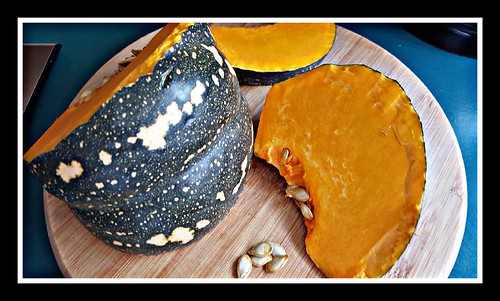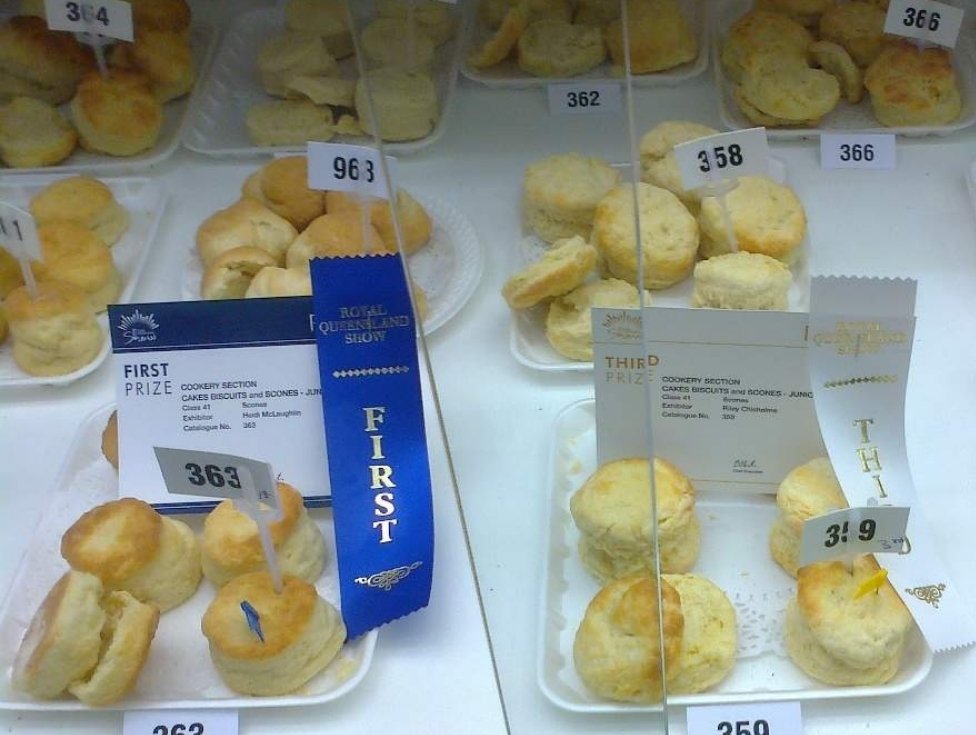Showing signs of fatigue, dark circles or puffiness, allergies, nasal congestion?
Then pumpkin is for you. It’s contains 245 % of the average person’s daily needs of Vitamin A, as well as antioxidants, alpha and beta-carotenes, and it’s a fantastic source of vitamins C, K, and E. Furthermore, it has magnesium, potassium, and iron, and fibre.
Being such a fantastic source of good nutrition, one has to wonder why the humble Pumpkin is so maligned? Children often turn up their noses at the thought of it and the Irish once considered it only good for pig food! Perhaps it is a little boring: after all, there is only so much roast Pumpkin one can eat.
Here are a few creative ways for incorporating Pumpkin into your diet.
Ways to Eat Pumpkin
- Once you roast it, leftover Roast Pumpkin goes well in a Spinach and Rocket Salad sprinkled with a bit of Feta and balsamic vinegar. Delicious!
- Incorporate it into a Roast Vegetable Frittata – Find that recipe here
- Add some diced Ham, Mushroom and Caramelised onion pieces to a Roast vegetable pie.
- Replace Pumpkin in any recipe that needs squash.
- Dice into small 1 inch pieces and roast with Rosemary and Thyme til crisp. Sprinkle with Sea salt and eat as a healthy alternative to Hot Chips.
- Pumpkin seeds called Pepitas can be used to make Crispbread, Salads, Muffins or as a healthy afternoon snack.
- Being a sweet vegetable it is great to use in Cakes, Scones or Pumpkin Pie.
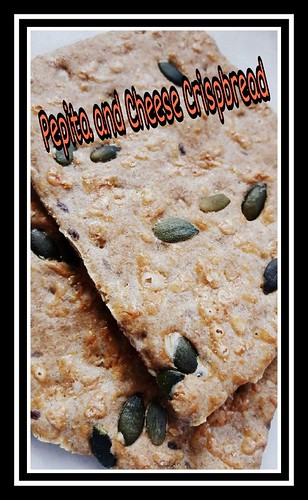
When talking sweet Pumpkin recipes, my absolute favourite is Pumpkin Scones. Here is how I make them: –
Pumpkin Scones Recipe
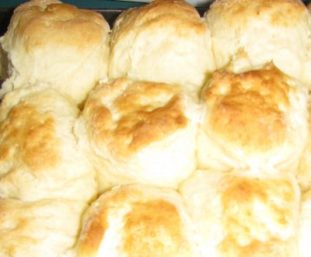
Ingredients:
- I cup of mashed Pumpkin
- 1 tablespoon Butter
- 2 tablespoon Sugar
- 1 Egg
- pinch of Salt
- 2 cups Self-raising Flour
Method
- Beat first three ingredients together.
- Add Egg, Salt and Flour and mix gently.
- Add a teaspoon or two of Milk*, enough to make a wet Scone Dough that you can easily roll out to a floured board. * Often it is already of a good consistency and no milk is needed.
- Roll out to 3/4 inch or 3 cm thickness on a floured board and cut into circles.
- Place on a greased tray and brush tops of Scones with a little dab of Milk.
- Bake in Hot Oven 250 degrees for 10 minutes
Hint:
To make Pumpkin puree to use in Scones:
Prepare to roast a whole Pumpkin by stabbing it with a knife once or twice to vent the steam, put the whole Pumpkin on a baking sheet, cook in a moderate oven at 175 C for an hour or so, until you can easily stick a knife into it. Cool, then scoop out the seeds and string middle or pull out with tongs.
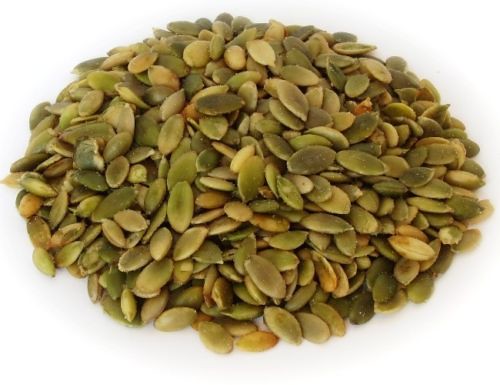
Pumpkin Seeds
(Pepitas)
Pumpkin seeds, called Pepitas, are loaded with minerals, and it’s claimed they have an anti-inflammatory effect, as well as help to protect against prostate cancer and osteoporosis. A quarter cup of seeds has about 1.5 grams of fibre.
Hint: To prepare the seeds:
Let them dry on paper towels, then oil and salt them (add any other seasonings you want) and slow roast them in a 150 C oven until they smell good – about 45 to 60 minutes.
Stir them every 15 minutes or so. Cool and Store in an airtight jar.
Selection and Storage
- Choose a Pumpkin that has firm skin, (no wrinkles), and feels heavy for its size. Knock on it with your knuckles. If it sounds woody, it is ready to eat. Stay away from the larger pumpkin, as a smaller and denser is better, in this case.
- Whole Pumpkins should keep for up to 6 months, if kept in a cool, dry place.
- A sheet or two of newspaper underneath the Pumpkin will absorb any dampness.
- Once cut, Pumpkin will only keep for a few days, unless you remove the seeds and stringy centre and leave unwrapped in the lower part of your fridge.
- Cooked Pumpkin will keep in the refrigerator for 4 to 5 days.
To read nutritional information about Pumpkin, click here.
Grow Your Own Pumpkin plants
The plant is a fast-growing vine, in my yard; it self-sows from my compost bin, creeping along the ground surface. But throw a few Pumpkin seeds in the garden and nature will do the rest for you. You may have to water them as the vines do get thirsty.
Pumpkin’s health benefits are Something we should all Ponder About



